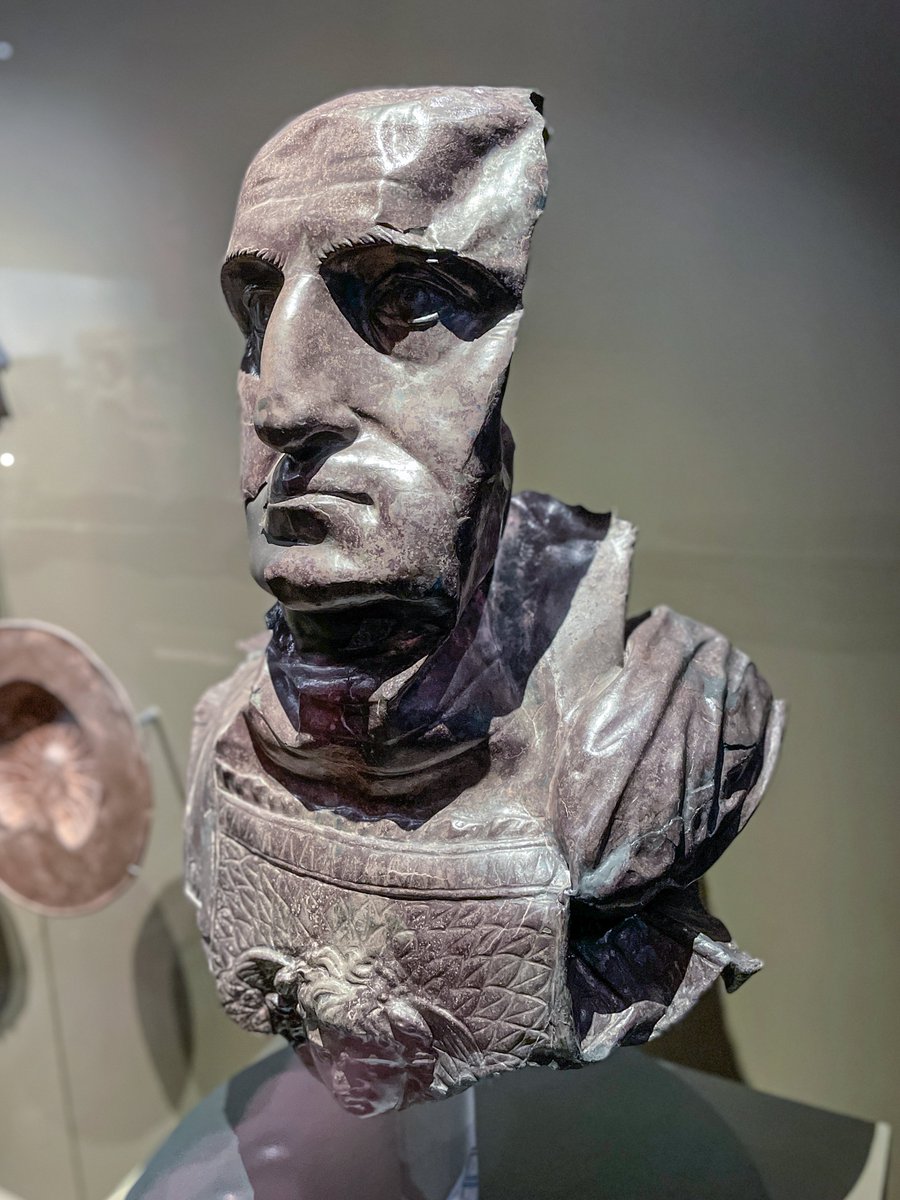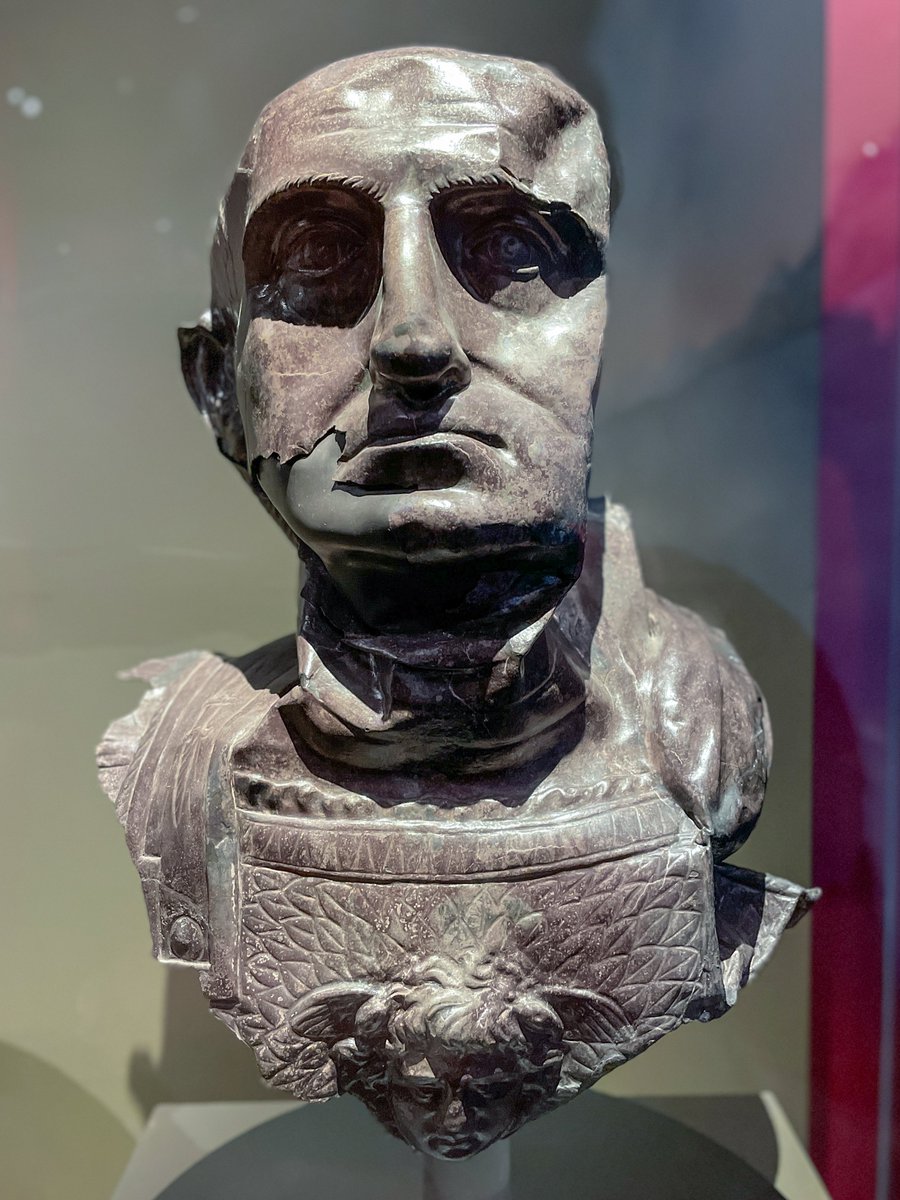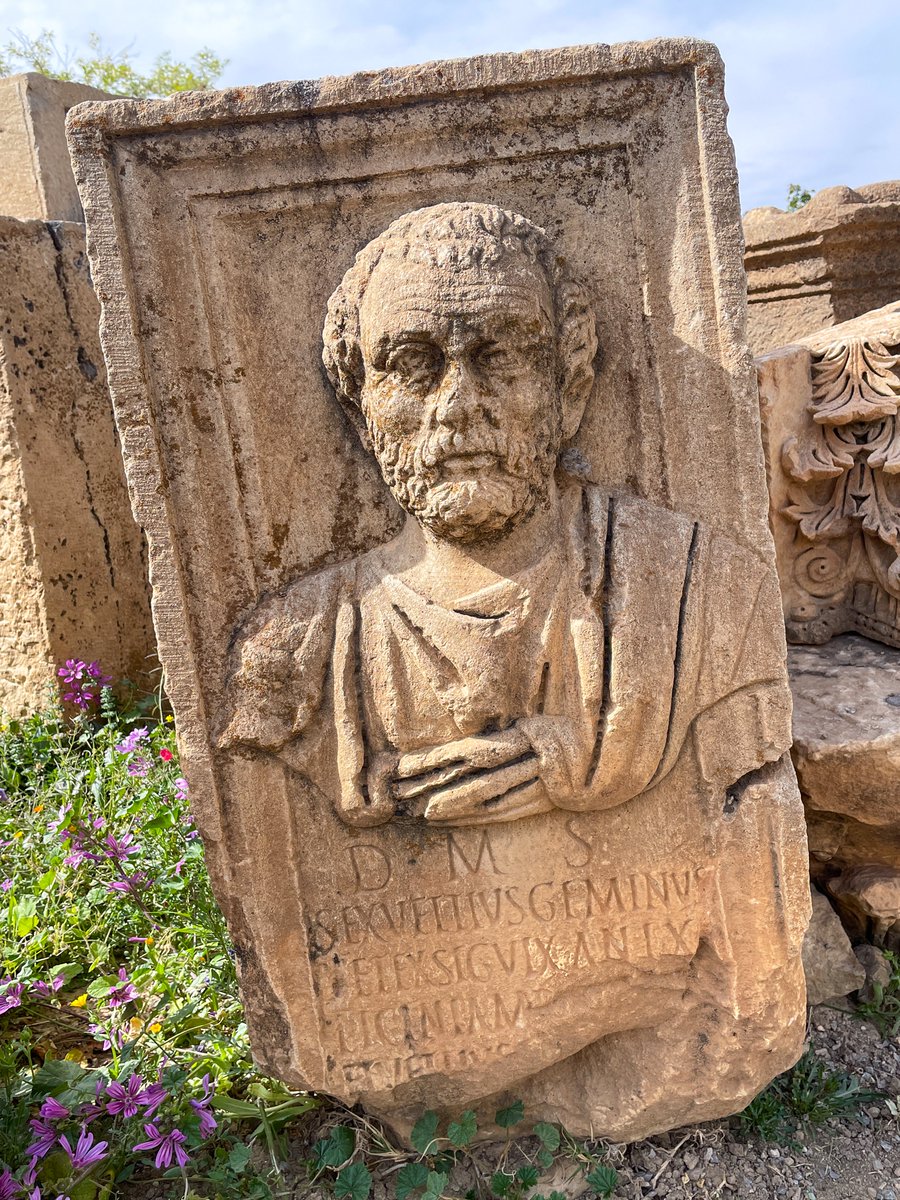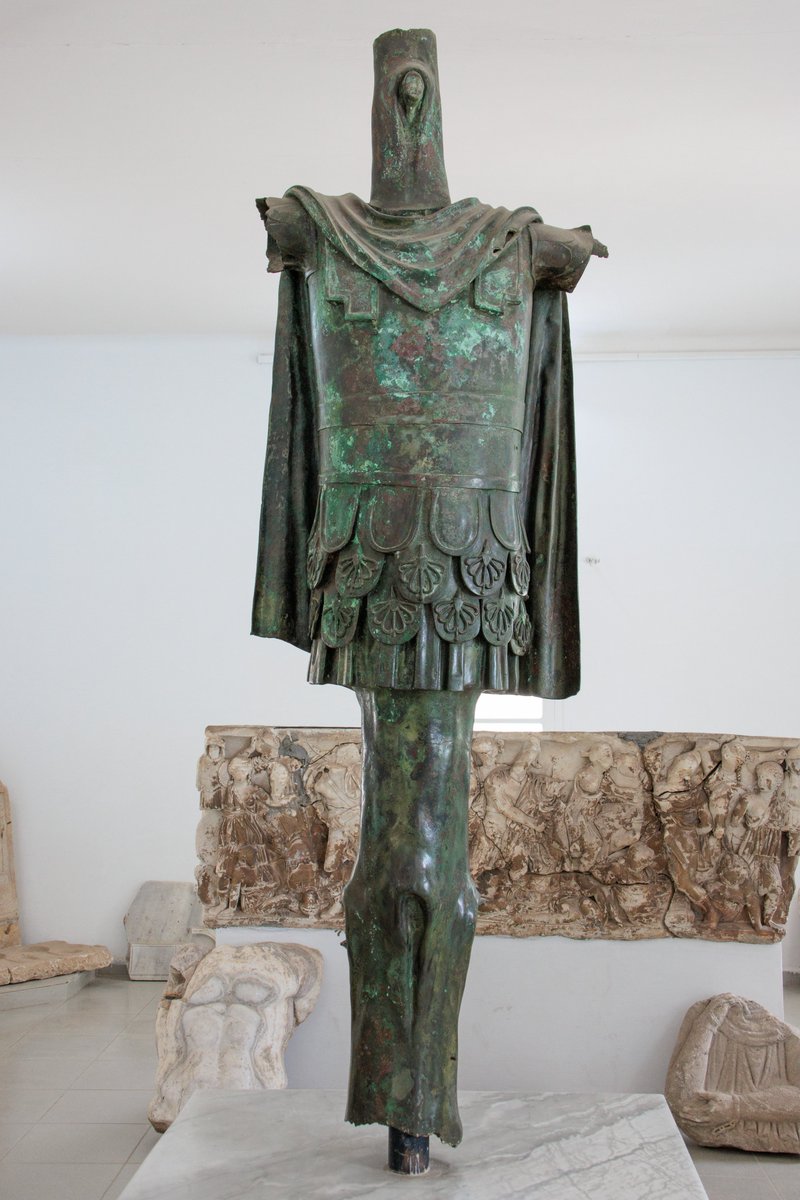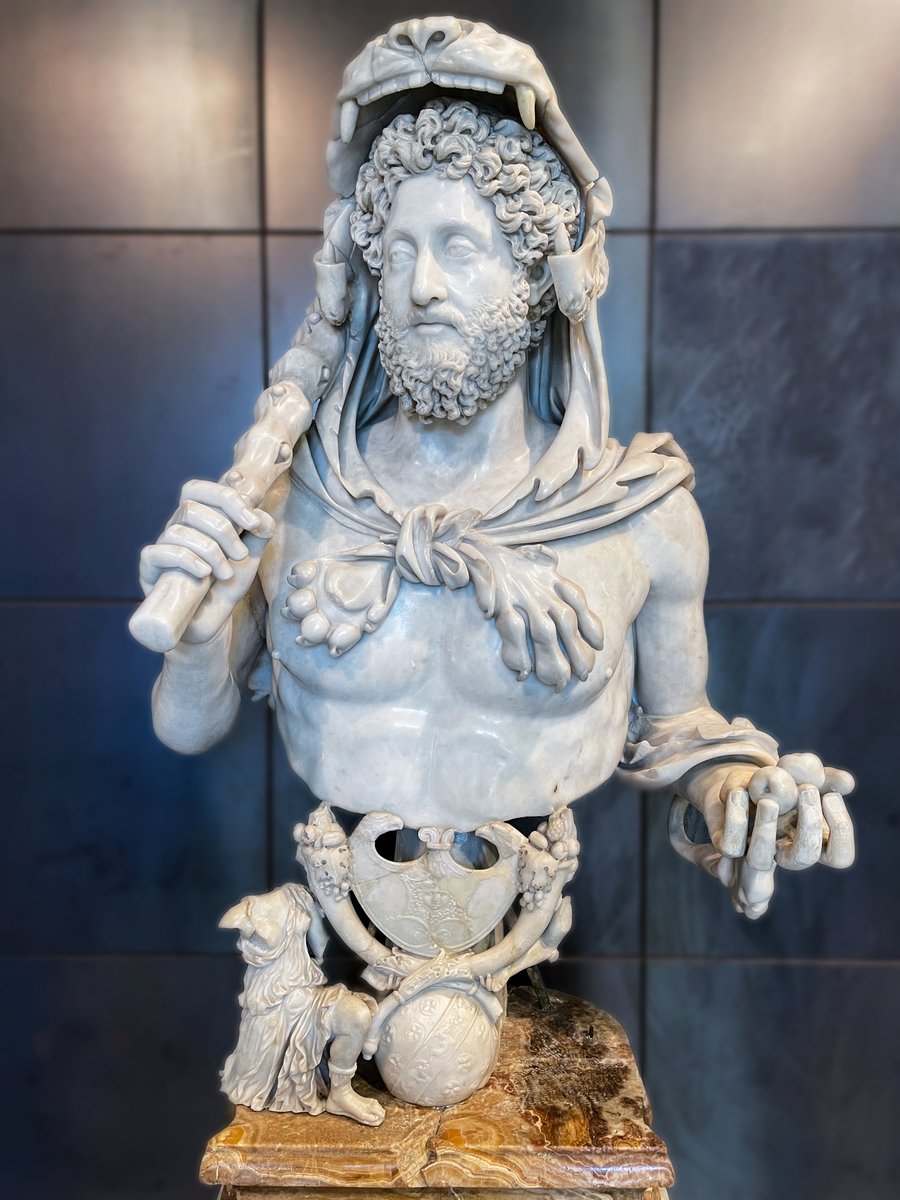1) A fantastical Roman 'monster' story and marvellous example of an ancient urban myth - to be taken with a generous pinch of salt for sure but all the more entertaining for it..
The bustling ancient port of Puteoli. Vessels from around the empire jostle to offload their cargo..
The bustling ancient port of Puteoli. Vessels from around the empire jostle to offload their cargo..

2) In the harbourside home of an Iberian merchant, confusion reigns. Workers stand perplexed among the smashed remnants of ceramic amphora vessels. Yet again, a large amount of their valuable cargo: prime pickled fish imported from southern Hispania, has vanished overnight.. 

3) Sifting through the broken pottery fragments and remains of the pickled produce, the men argue about who could be responsible for the night raids. Rivals in the import trade? A criminal gang? No attempt has been made upon the doors. Windows, roof and walls, all are undamaged.. 

4) There is only one way to solve the mystery of the vanishing fish cargo: the workers nominate one of their own to stand guard that night, reassuring him he is the most courageous of them all.
As darkness descends, he hides in the locked storeroom gripping his knife tightly..
As darkness descends, he hides in the locked storeroom gripping his knife tightly..

5) Dozing off in the stillness of the early hours, the sudden smash of pottery jolts him back to reality. Cold beams of full-moon light cut through the dark storeroom and, moving weirdly between them, he catches sight of the uninvited guest. Surely he must be dreaming.. 

6) Peering from the shadows, he watches fearfully as the creature wraps its enormous sucker-covered arms around the jars, like a wrestler putting a strangle-hold upon his adversary, and crushes one earthenware vessel after another before devouring the pickled contents.. 

7) He quickly decides against attacking the otherworldly brute single-handed, judging the eight-armed robber too much for one man. In the morning he tells the others what he saw. None of them can believe their ears. With their losses now desperate, drastic action is called for.. 

8) The men resolve to arm themselves and wait for the creature that night as a group - some out for personal revenge, others out of curiousity for such a strange spectacle. Later they stand ready for the marauder, watching in disbelief as he emerges from the strangest of places.. 

9) A bizarre slurping and bubbling draws their attention to the latrine, with its drop hole connecting directly to the sewers. From the hole a suckered limb emerges eerily. Soon eight arms have unravelled, hauling the hungry octopus out of the latrine for his nightly feast.. 

10) They watch in disbelief as the octopus makes its way towards the fish jars, gliding surreally on its curling, slimy appendages. When it is far enough away from the latrine, the men strike, sealing off the conduit to the sewer and trapping the creature in the room .. 

11) The men set upon the octopus thief with well-sharpened cleavers. A chaotic fight ensues. Some are caught in the tight grip of its suckered arms but soon, like woodmen lopping branches from an oak, they cut away its slippery appendages and with them the creature's strength.. 

12) At long last they overcome the giant octopus but not without considerable effort - the creature that had attained a monstrous bulk in the Mediterranean and felt it deserved wider pastures, learning to prefer the food of the land to that of the sea. 

13) With the creature defeated and the mystery solved, the fish merchants observed how ironic it was that in the end, they made their greatest ever catch on dry land! Aelian's tale of the thieving latrine-octopus may seem outlandish but it incorporates many plausible elements.. 

14) The octopus can indeed venture onto dry land, often crossing land barriers between two bodies of water. As Aelian suggests, they are known for their intelligence, craft and mischief. Recently they have been observed using tools, for instance using coconut shells as armour..
15) An octopus venturing from the sea into a Roman sewer drain and up a latrine is also plausible, highlighting an unfortunate aspect of Roman plumbing: home toilets could be more curse than blessing, as with no trap system, they allowed in animals and gases from the sewer below. 

16) Claudius Aelianus (Aelian) tells the wonderful tale of Puteoli's fish-thieving giant octopus in his work 'De Natura Animalium' - On the Nature of Animals (Book 13.6)
{END}
{END}

• • •
Missing some Tweet in this thread? You can try to
force a refresh








